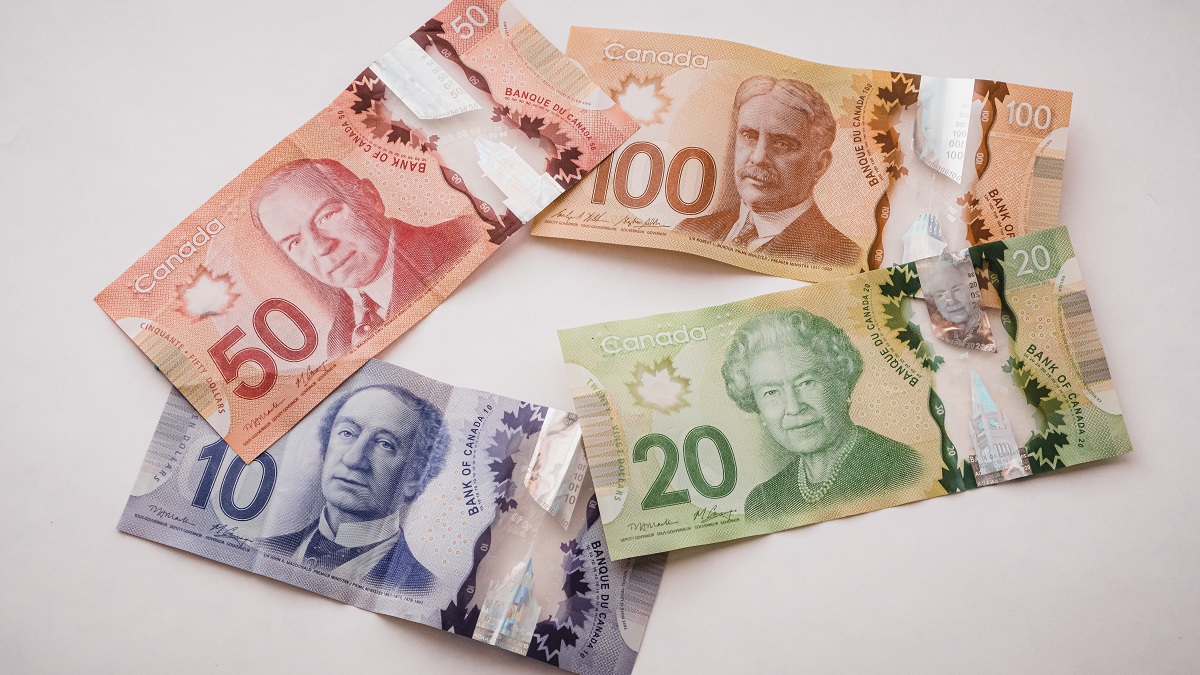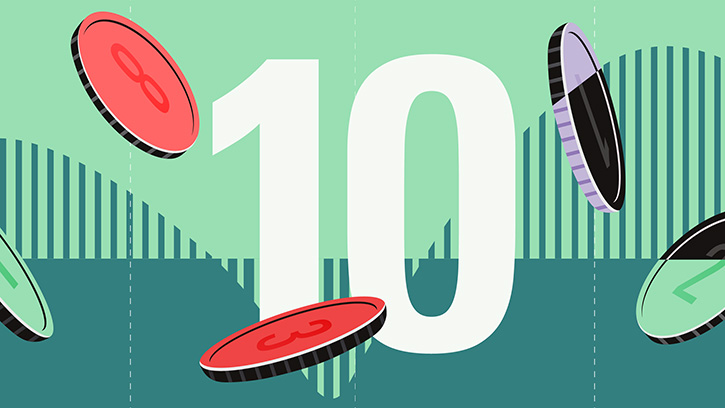
High taxes are a fact of life for many Canadians. But the fiscal burden can be lightened through good planning to take full advantage of use of tax breaks available, particularly for investments. That includes, crucially, the final step of claiming credits and deductions related to capital gains and dividends on your income tax return.
The deadline for filing a 2022 return is Monday, May 1 (April 30, the normal deadline, falls on a Sunday this year.) The exception is an individual with self-employment income, in which case the filing deadline is June 15. Any tax owing must be paid to the Canada Revenue Agency (or Revenue Quebec) by May 1. This also applies to self-employed individuals, which requires them to submit an liberally estimated amount, to avoid penalties and interest. For more information, consult the CRA website or Revenue Quebec.
Capital gains and dividends are taxed at lower rates than interest income. The difference in tax rates depends on your income level and province of residence.
For example, for an Ontario resident with $100,000 of taxable income in 2023, the combined federal/provincial rate on capital gains will be 16.9%, compared with 12.2% for eligible dividends (typically those paid by Canadian publicly traded companies; see below) and 33.9% for interest income. However, for someone in the top tax bracket (taxable income of approximately $235,000 and over), capital gains are more attractive from a tax standpoint, at 26.8% versus 39.3% for dividend income and 53.5% for interest.
For rates in the three next biggest provinces, Manulife Investment Management has compiled a downloadable 2023 Tax Rate Card. With some exceptions, depending on an individual’s tax bracket, these rates are similar to those payable for 2022.
You Pay Taxes on Realized Gains, But Capital Losses Are More Complex
Capital gains’ generally more favourable taxation is due to the fact only one-half of gains resulting from a sale of a security or other capital property are taxable, which means only $5,000 of a $10,000 profit from a sale of stock is taxed. For an investor in the 50% tax bracket, that means a tax bill of $2,500.
Besides stocks, other typical capital investments include bonds, mutual funds, exchange-traded funds and real estate. Note that on-paper gains in an investment’s value – gains that have not actually been realized – are not taxable. You don’t pay any tax until the investment has been sold.
However, this tax break comes with a learning-curve cost – the rules can be complex if you have realized capital losses during the current or past years. This complexity becomes evident when sorting out what to report on your tax return.
If you took some capital losses during 2022, these must be used to reduce the amount of capital gains realized during the year. If your realized losses exceeded your gains during the year, any amount of the remaining loss can be used to reduce taxable capital gains in any of the previous three taxation years (2021, 2020 and/or 2019). Alternatively, a loss can be “banked” and used to reduce capital gains realized in a future year in any future year.
How to Determine Your Adjusted Cost Base?
While your financial advisor may assist you in determining an adjusted cost base (ACB), it is basically your responsibility as a taxpayer to calculate and report the correct amount using Schedule 3 of your federal tax return (Schedule G for Quebec purposes).
Here’s how to go about determining the amount of a capital gain to report on your tax return. Subtract the proceeds of the sale (net of the broker’s sales commission or other disposition costs) from its ACB. The ACB consists of what you originally paid for it, plus the broker’s sales commission or other acquisition costs. The difference is the capital gain (or loss).
However, the computation may not be as simple as that. In many cases, a position in a stock or mutual fund is built through a number of transactions over time. Further complicating things would be any reinvested dividends, which represent additional share purchases. Under these circumstances, to determine your ACB you must add up the various amounts of share purchases, reinvested dividends and related transaction fees, then divide the total by the number of shares or units you own.
For example, say several years ago you initially purchased 2,000 shares of a company at $15 each, on which you paid a $35 commission. Your cost was $30,035. When the market went south earlier last year, the share price tumbled to $10, but you continued to have longer-term faith in the stock and you decided to add 1,000 more shares at that discounted price, with another $35 commission, for a cost of $10,035. Your total ACB is now $40,070, or $13.36 per share.
The stock subsequently rebounded to $18 late in the year and you decided to accept a modest profit on half your current investment, or 1,500 shares, for proceeds of $26,965, including a $35 sell commission. The ACB of those shares (at $13.36 apiece) would be $20,035. You would realize a capital gain of $6,930. The tax payable on this profit, assuming you were an Ontario resident with taxable income of $100,000 in 2022, would be roughly $1,300.
How Is Your Interest Income Taxed?
Interest earned from a term deposit or guaranteed income certificate (or savings account or bond coupon) is considered “ordinary income” at thus taxable at your marginal rate, the same as what you pay on employment income. There is no tax break.
Note that you must pay tax on accrued interest, which is interest earned during a year but not actually paid out to you. If you have a multi-year GIC, for example, you will receive a T5 information slip from the institution holding the deposit for the interest accrued to that certificate during 2022, which requires you to include this amount in your taxable income for the year.
Taxation of a government treasury bill or stripped bond is more complex. These securities are normally purchased at a discount and can either be sold prior to maturity or kept to full term. The difference between the issue price and the amount you collect when it matures is considered accrued interest. However, if you sell the T-bill or strip before it matures, you may have a capital gain or loss in addition to the interest accrued at that time. Before you calculate your capital gain or loss, you must determine the amount of interest accumulated as of the disposition date. To calculate the capital gain or loss, you subtract the interest from the sale proceeds.
Tax on Dividend Income from Canadian Corporations
The amount of tax payable on dividend income is calculated using an unusual calculation that requires "grossing up" the actual amount received. This is 138% of the actual amount, which reflects the amount of pre-tax income the corporation earned during the year. You then apply a dividend tax credit of 15% of the grossed-up amount.
The taxable amount of dividends (the grossed-up value) is reported in Step 2 (“Total Income”) of your tax return. The dividend tax credit is applied later, in Step 5 (“Federal Tax”). The provincial credit is calculated elsewhere in the return (an on the Revenue Quebec return for Quebec residents). Note that these dividend tax rates apply only to “eligible” dividends received by individual investors from Canadian public corporations and certain Canadian-controlled private corporations (CCPCs).
Tax on Any Other Dividends
Dividends received from smaller CCPCs that pay income tax at small-business rates, which are more favourable than those paid by large corporations, are taxed at a higher rate than for eligible dividends. A different gross-up formula is used: the gross-up is 115% of the actual amount received, to which a tax credit of 9% is applied. Dividends from foreign corporations are taxed as ordinary income – therefore, at the taxpayer’s top marginal rate.




















